Wouldn’t it be better to let ChatGPT generate the prompt words?
I use ChatGPT to help me generatePrompt word, but instead of using the Role mode, let it:
- Translation: I know what I want, but I don't know its English description.
- Answer: When I need some style words but I don’t know what to input, I will ask ChatGPT, such as “Who are the famous artists of the Renaissance?”
Why didn't I use Role mode?
Indeed, letting ChatGPT help me generate content in Role mode saves time and effort, but I personally think:
- It is cumbersome to use, and you need to enter a lot of prompts. Even if you save it through the App, after multiple inputs, the token limit will be exceeded and you will have to re-enter it.
- From the principle of ChatGPT, it can only generate "normal" content, and it is difficult to obtain content that exceeds expectations. It's just that most people can't even reach "normal", so they are shocked by its effect. So if you want to generate original and amazing pictures, you can't rely on probability, but on your imagination.
However, this is just my opinion. If you think this is more efficient, then use it.
It doesn’t matter, the tool that suits you is the good tool.
Toy
OK, let's get back to the topic. Starting from this chapter, we will gradually enrich our prompt framework to make the picture more detailed. The first scene of physical object generation is toys, which is a very interesting scene.
In addition, I think it would be great if this scene could be combined with a 3D printer. I wonder if there are any ambitious people who can realize it.
Let me explain what has been updated in prompt. Starting with this real picture, I will change the "background" to "environment", that is, the main environment, including background, lighting, etc.:
|
|
Prompt |
explain |
|
What is the type? |
product photography |
Product Photos |
|
What is the subject? |
Stormtrooper, plastic, toy |
Let’s continue with the Stormtroopers and Darth Vader examples. Because action figures are usually plastic toys, we added two words. |
|
What is the environment like? |
white background, studio lighting |
Background: To highlight the figurine, emphasize the white background Lighting: Add some lights to highlight the product |
|
What is the composition like? |
null |
Not important, let AI play freely |
|
What lens to use? |
null |
Not important, let AI play freely |
|
What style? |
hand painted, |
I looked it up, and it seems that the only style of figures is hand-painted? |
The other one is the Blue-Eyes White Dragon in Yu-Gi-Oh! Midjourney I don't know what Yu-Gi-Oh is, so I just generated one based on the literal meaning:
|
|
Prompt |
explain |
|
What is the subject? |
Blue-Eyes White Dragon, plastic, toy |
Let’s continue with the Stormtroopers and Darth Vader examples. Because action figures are usually plastic toys, we added two words. |
Here are the resulting images:

In addition, I found that Midjourney supports American anime or movies much better, such as the Dragon Queen in A Song of Ice and Fire (but the dragon is a bit weird), and Joan of Arc:
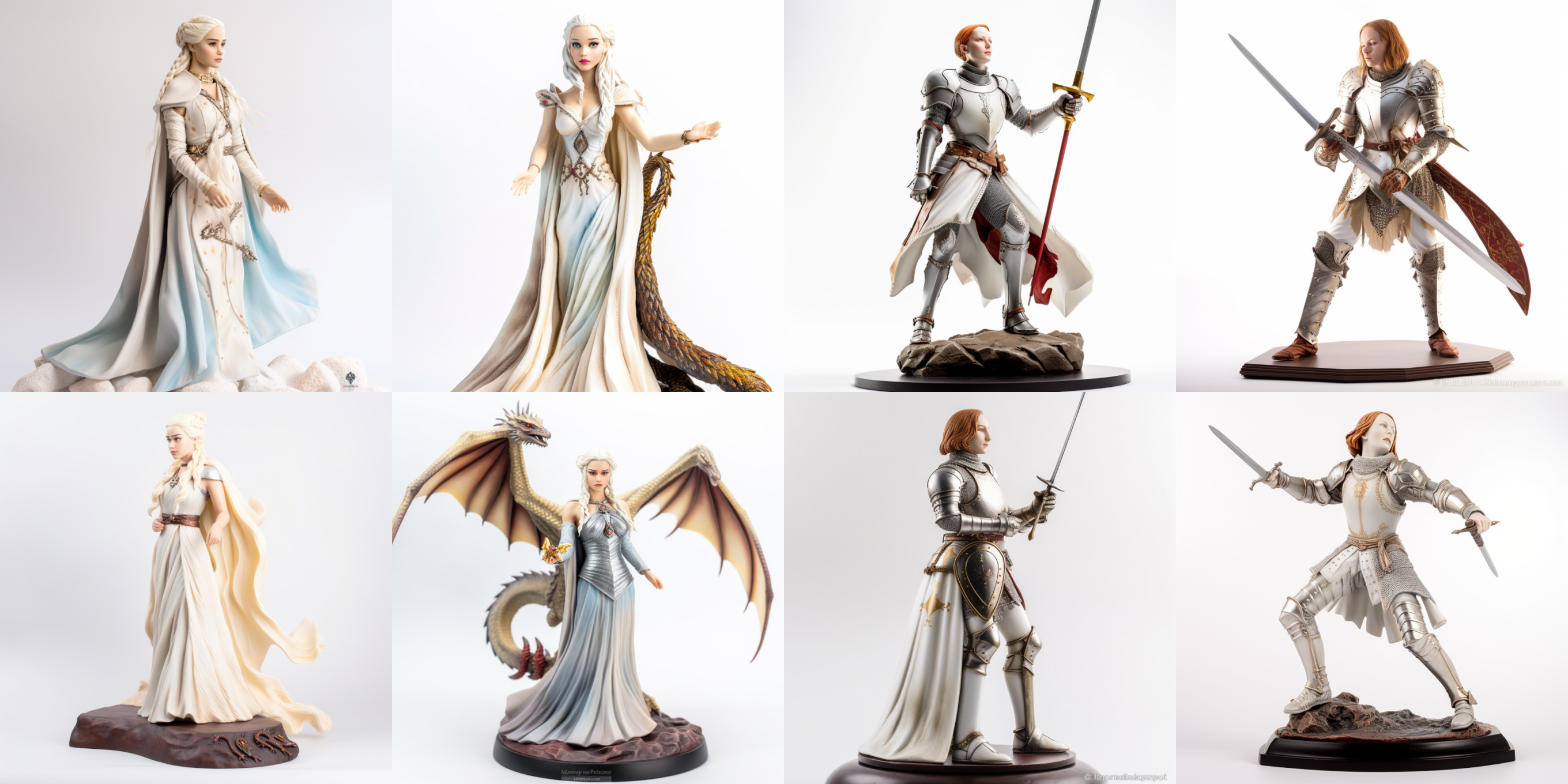
Tip 11: Add style - country
Speaking of figurines, the first thing that comes to mind is Japan. Here’s another tip: just add the Japanese style to the prompt. Take the Joan of Arc figurine and the logo I made before as examples:

Does Joan of Arc look like FF? The logo is also quite simple, and the cat looks a bit like the cat in anime. Of course, in addition to Japanese, there are also Chinese (the 4 photos on the left), and even African Style:
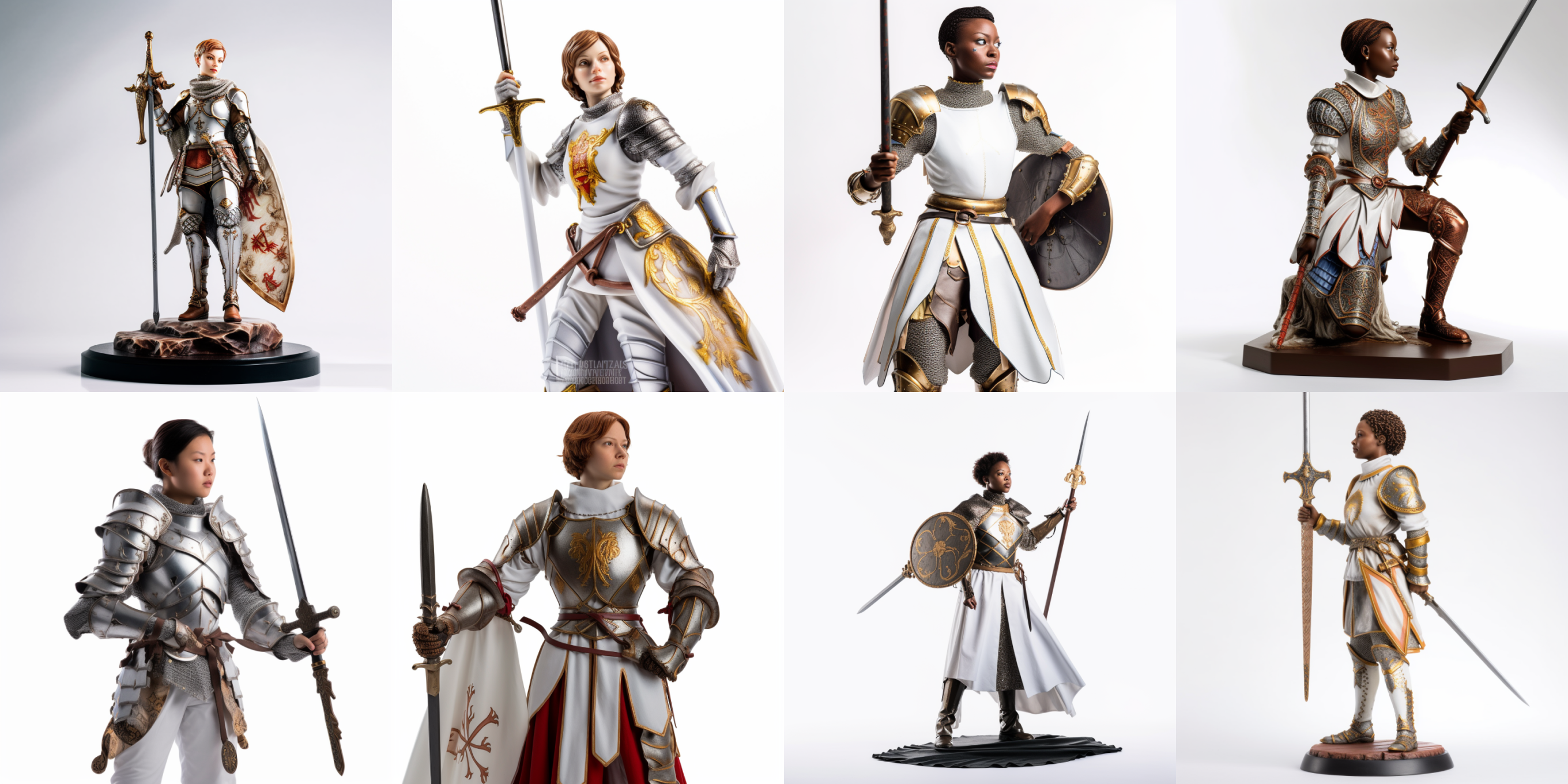
Tip 12: Add weight
Have you noticed that the only result generated by the Chinese figurine above is a Chinese face in the third picture? The reason is that the weight of the Chinese style is too low, so only one result is output. In the process of practice, you will definitely encounter situations where the AI ignores certain prompt words, such as when you mention that there should be a bird in the picture, but it just doesn't draw it.
Why is there such a result? The reason is that the weight of Midjourney prompts is reduced one by one in order (for details, please see my translation of the Midjourney official FAQ). In our prompt above, we put Chinese Style at the end, so the generated results are the least. Some words are ignored. This reason is not the case for now, but it is likely to be caused by the weight.
There are many ways to increase the weight. The simplest way is to adjust the order, such as putting the above Chinese Style in the front (then the generated result is the squinting style. I generated it twice, and the second time was better):
product photography, Chinese Style,Joan of Arc, full body, hand painted, plastic, detailed, white background, studio lighting
If you adjust the order, the effect will be very different, so don’t be superstitious about the so-called prompt template, try more.
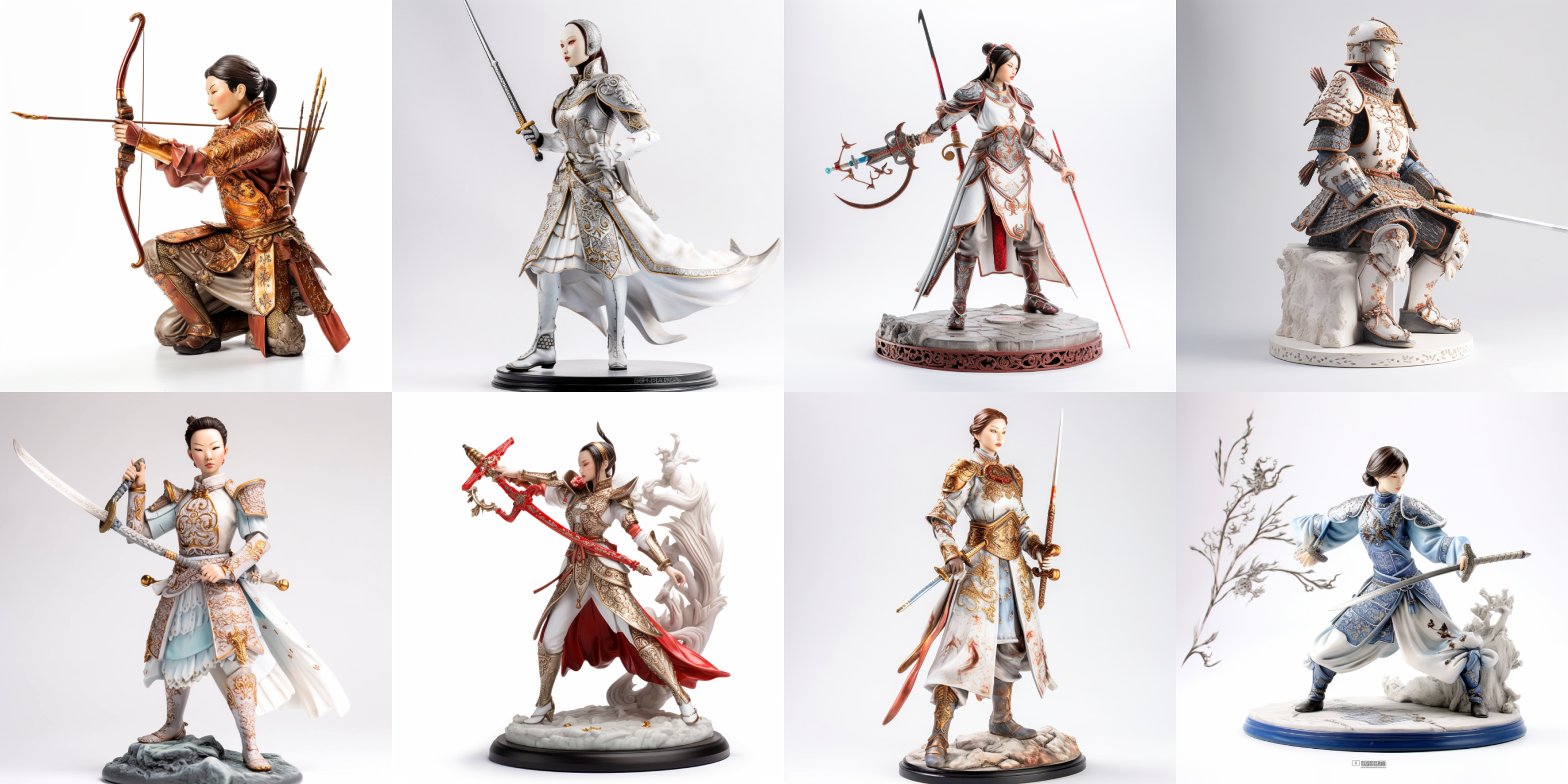
The second method is the Slider method.
You need to add "at the end of prompt", then add the words you want to adjust the weight, then add "at the end", and finally add the weight value. For example, in the above example, I want to highlight Chinese style but don't want to adjust the order, so I can change it to:
product photography,Joan of Arc, full body, hand painted, plastic, detailed, white background, studio lighting, Chinese Style :: Chinese Style :: 0.5
Then you will find that the weight seems to be too high, and a graph unrelated to prompt is generated (the left picture below). Then we can add the following weight of Joan of Arc (the right picture below) on the original basis:
product photography,Joan of Arc, full body, hand painted, plastic, detailed, white background, studio lighting, Chinese Style :: Joan of Arc:: 0.25 style of Chinese:: 0.5
You can see that after adjusting the parameters, 2 of the 4 generated images have a strong Chinese style:

But frankly speaking, this method is not particularly suitable for this case. Adjusting the main content or order will have a higher ROI. This method is more suitable for when a prompt word is missed. For example, the official case is as follows:
several sad cats watch a crying woman in a home-office environment with laptop
In the generated pictures (four pictures on the left), the cats are all looking at you (you may be the crying woman). If you use the slider function (four pictures on the right), the crying woman will appear on the screen:
several sad cats watch a crying woman in a home-office environment with laptop:: several sad cats::0.5 crying woman::0.6 laptop::0.7
Also note that the available parameters for slider are 0.25, 0.5, 0.6, and 0.7. You can also use this method to reduce the weight, the interval is -0.7, -0.6, -0.5, -0.25:
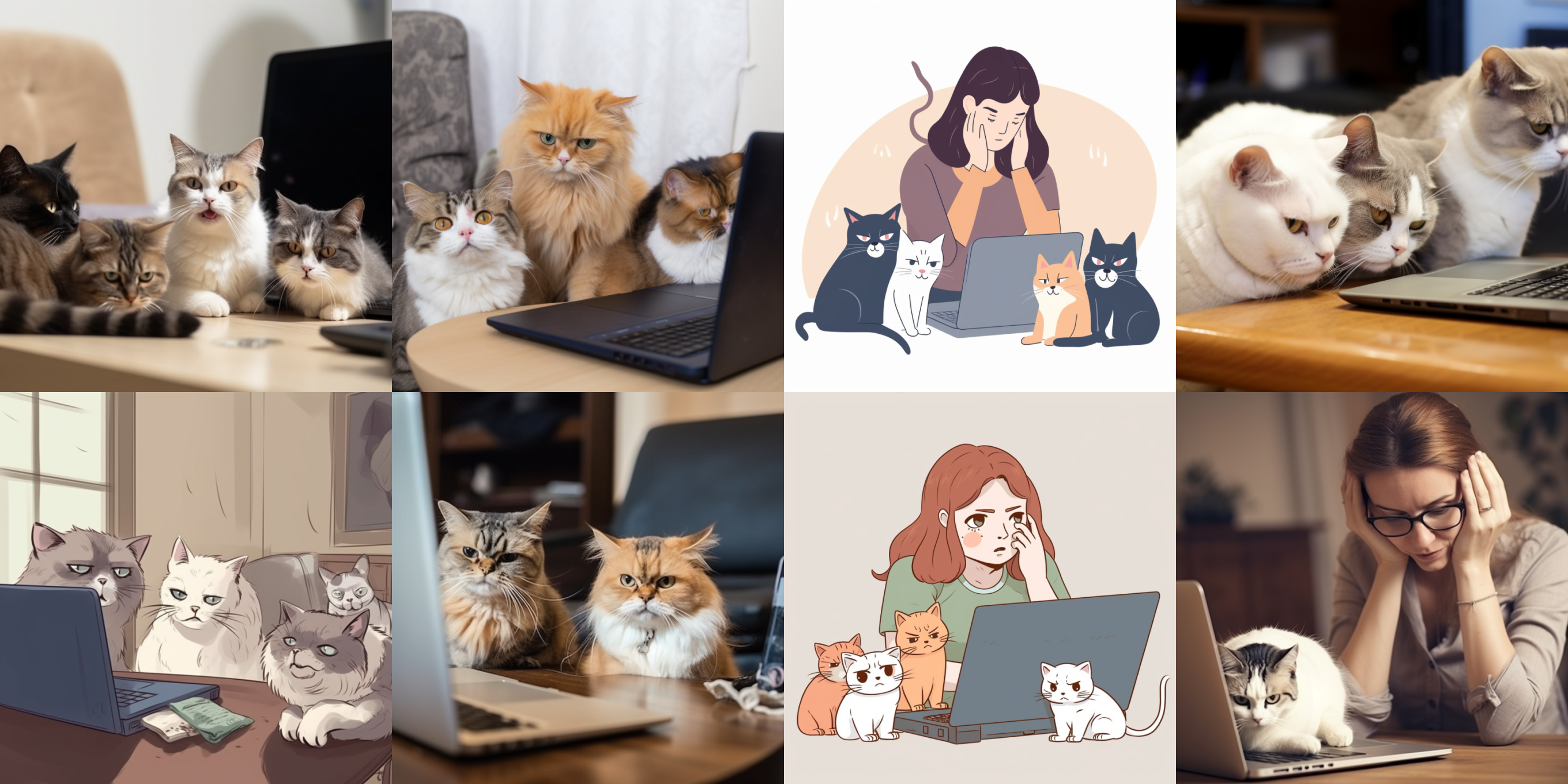
If you use the slider and the screen does not appear,Then there is another big move, CowbellFrankly speaking, this does not conform to the official best practices of Midjourney, but it is indeed a feasible method. Take the following prompt as an example. In the generated pictures, the woman does not look shy (the four pictures on the left):
A songbird sits on the shoulder of a shy blonde woman dressed in white.
At this point you can repeat and repeat (I think this is why this method is called cowbell):
A songbird sits on the shoulder shoulder shoulder shoulder shoulder of a shy shy shy shy shy blonde woman dressed in white.
food
Another physical object I like is food. Food is about "color, aroma and taste". So when describing food prompts, you can think in these three directions:
- Color: What color the food is (can be controlled by the doneness of the food).
- Fragrance: Photos have no fragrance, but we can draw the fragrance.
- Taste: Photos also have no taste, so how about adding some details? Like pepper, salt, or chili?
|
|
Prompt |
explain |
|
What is the type? |
food photography |
Food photos |
|
What is the subject? |
steak, medium rare, steaming, light garnishes, sitting on plate |
Steak, medium rare, steamed, with only a few garnishes, on a plate |
|
What is the environment like? |
epic lighting |
To highlight the food, I added a spotlight |
|
What is the composition like? |
null |
Not important, let AI play freely |
|
What lens to use? |
Depth of field |
To make the food stand out, I added bokeh, which is another way of saying background blur (with depth of field) |
|
What style? |
null |
Not important, let AI play freely |
|
parameter |
null |
No parameters were added |
Then have a bowl of braised beef noodles:

Tip 13: Make good use of lighting
To be honest with you, I am neither a designer nor a photographer (and I am not very good at photography), so I can only share the basics with you. Because for me, this is too much procedural knowledge, and I have no idea what it is without actual practice.
Let's get back to the point. In photography, the following types of lighting are commonly used:
- Key Light: The key light is one of the most basic photography lights. It is usually placed in front of or to the side of the subject to illuminate the subject and determine the main brightness of the subject. The key light is usually the brightest light.
- Fill Light: Fill light is used to make up for the shadows cast by the main light, adjust the depth of the shadows, and make the photo brighter. Usually the fill light should be darker than the main light to avoid overexposure.
- Back Light: Backlight is used to illuminate the back of the object being photographed. It can distinguish the subject from the background and make the outline of the object clear. It is often used to take photos with bony feeling, heavy object feeling and backlighting effect.
- Ambient Light: Ambient light is the light naturally generated in the photographic environment, including indoor lighting, natural light, street lights, etc. It can complement the surface of the photographed object and enhance the naturalness and realism of the photo.
- Special Light: Usually used to create a certain situation or express a certain meaning, such as candlelight, bright light, etc. They can create scenes and atmospheres such as warmth, romance, and mystery to explore and express artistic imagination and creativity.
By arranging and combining these lights, you will get lights for different usage scenarios. For detailed types of lights, you can check the Lighting List I summarized. Here I mainly share some common and easy-to-use scene lights:
|
photo |
name |
introduce |
Suitable for the scene |
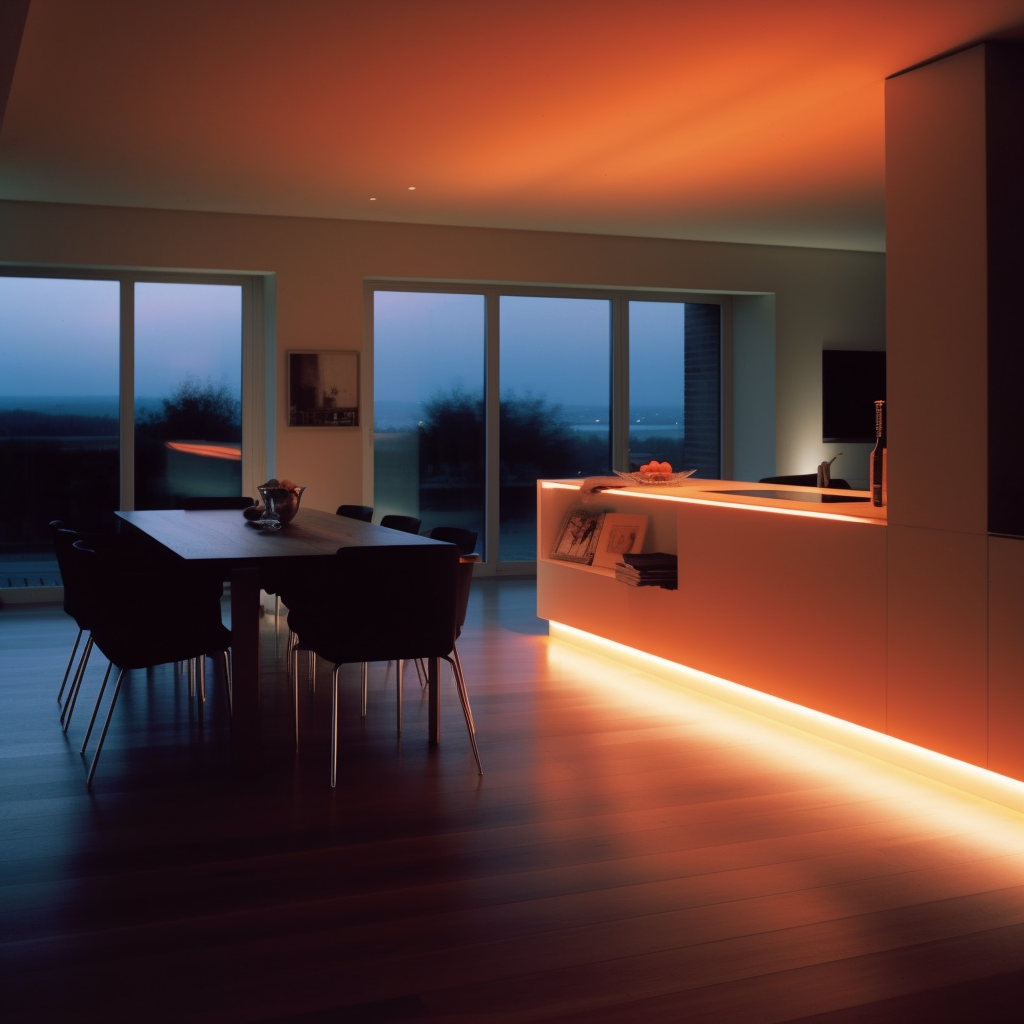 |
Mood Lighting |
Mood lighting. It mainly creates a specific atmosphere by changing the color and brightness of the light in a specific environment to create a feeling of comfort, romance, relaxation, etc. From the perspective of technical implementation, Mood lighting focuses on the color and brightness control of the light, and pays attention to creating a strong visual effect. |
Mood lighting is commonly used in interior design, hotels, restaurants and home decoration to create a specific atmosphere and experience. |
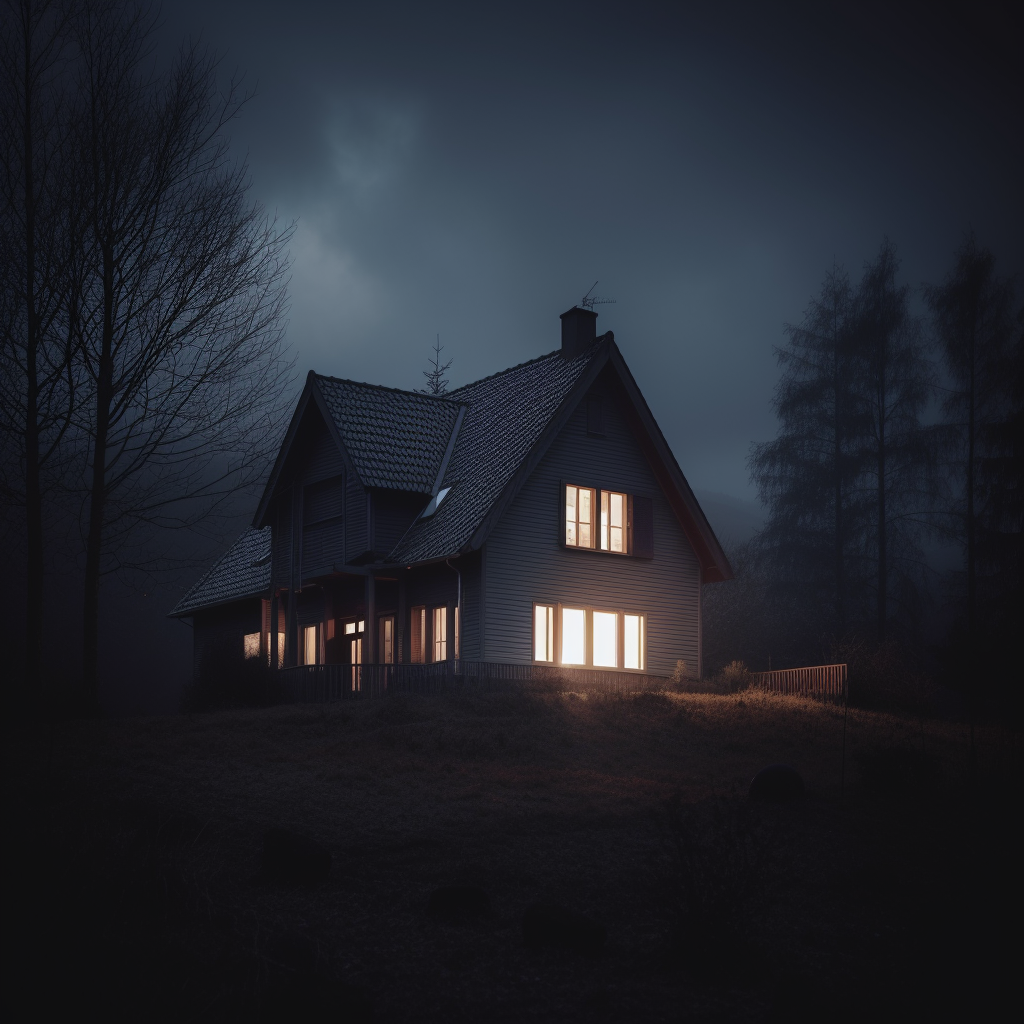
|
Moody Lighting |
Moody lighting. It emphasizes the application of emotional expression and serving the storyline. The purpose of the design is to perfectly combine lighting with the plot to show the character's personality and emotional world. From the perspective of technical implementation, Moody lighting usually uses low brightness and large-scale shadow blocking, emphasizing the scanning of dark areas to increase the texture and layering of the picture. |
Moody lighting is usually used in film and television production, game interfaces, stage performances and other fields. The purpose of its design is to increase the dramatic effect of the storyline. |
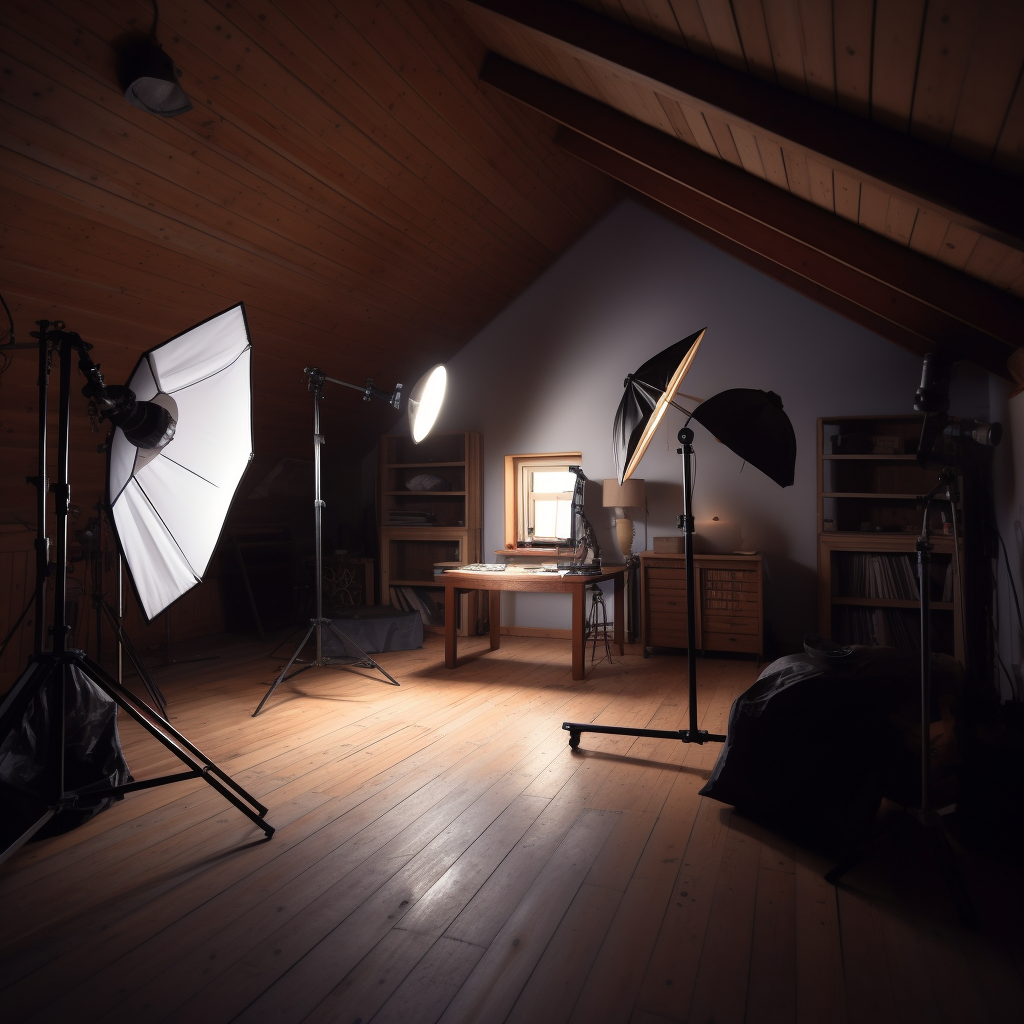
|
Studio Lighting |
Studio lighting. It is a lighting design specifically used in photography studios, television and film. It places light sources and lamps in a dedicated photography studio to create a variety of different atmospheres and scene effects through fine lighting to meet a variety of different shooting needs. |
Studio lighting is mainly used in commercial photography, fashion photography, art photography, portrait photography, advertising photography, film and television production, etc. The purpose is to highlight the characteristics of the subject through sophisticated lighting design and achieve the best shooting effect. |
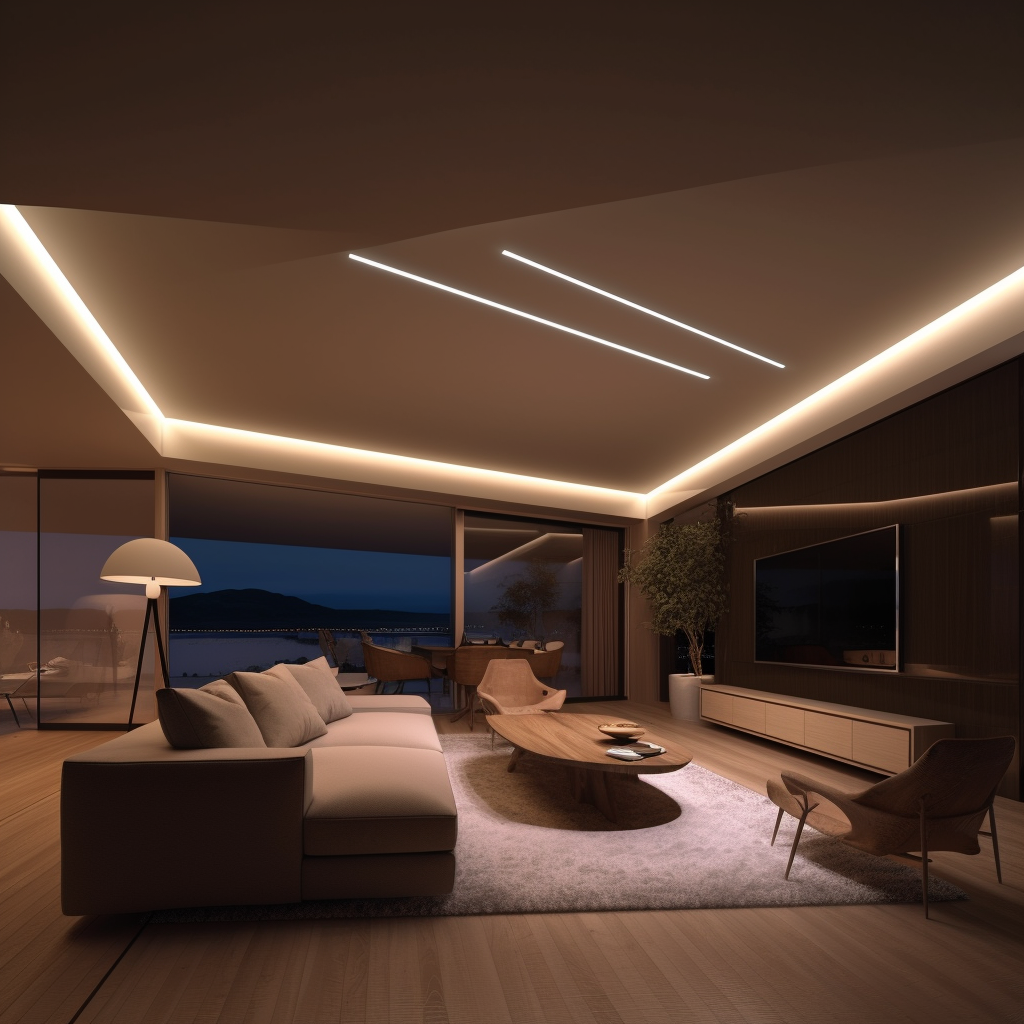
|
Cove Lighting |
Corner lamp. It is a commonly used indoor lighting design. The lamps are usually installed in the corners (i.e. "closets") between walls or ceiling closets, thus creating a comfortable, soft and smooth ambient lighting effect. |
This lighting technology can provide a room with uniform light while enhancing the beauty and style of the room. |
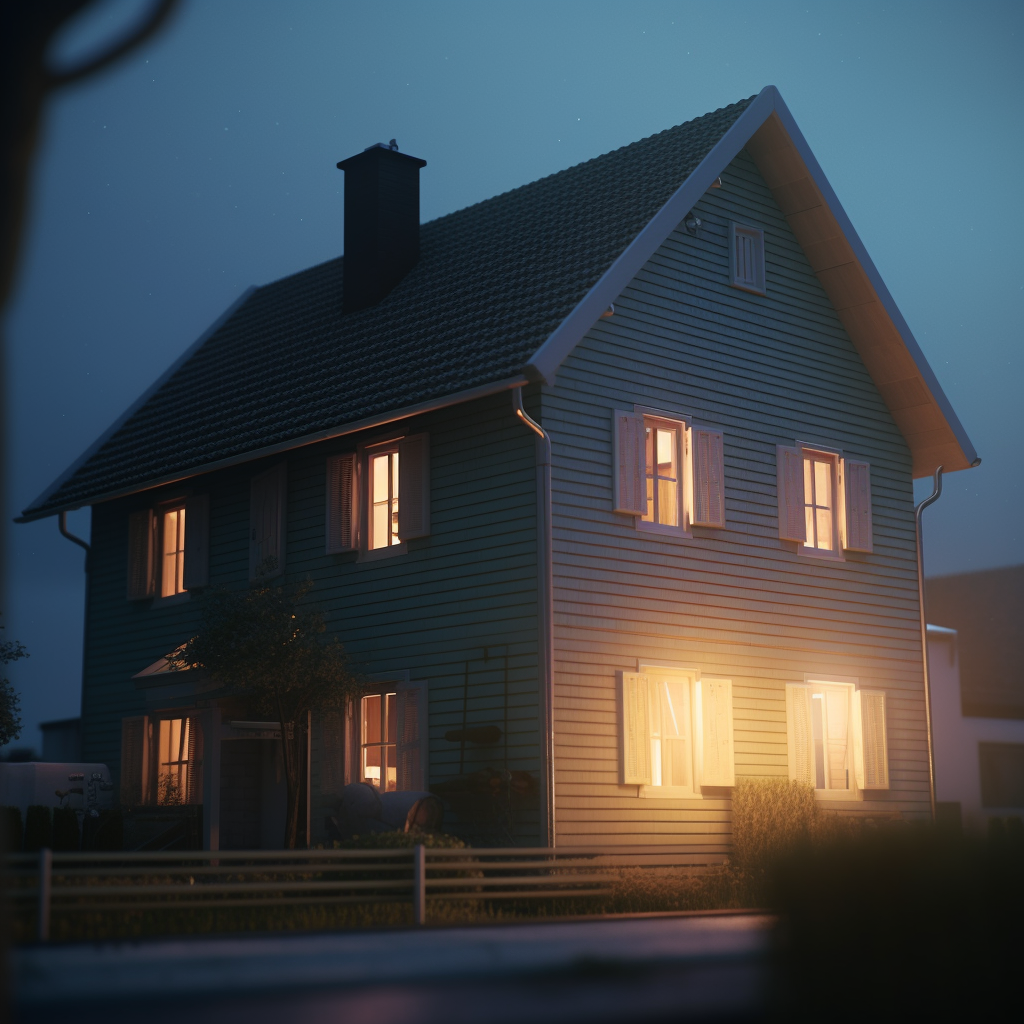
|
Soft Lighting |
Soft lighting. It means creating a soft, warm atmosphere by using soft, diffuse light. Soft light is usually achieved by using diffuse lamps, such as wall lamps, table lamps, reading lamps, etc. |
Soft lighting effects can reduce illumination, relieve visual fatigue, and create a comfortable atmosphere and feeling. |
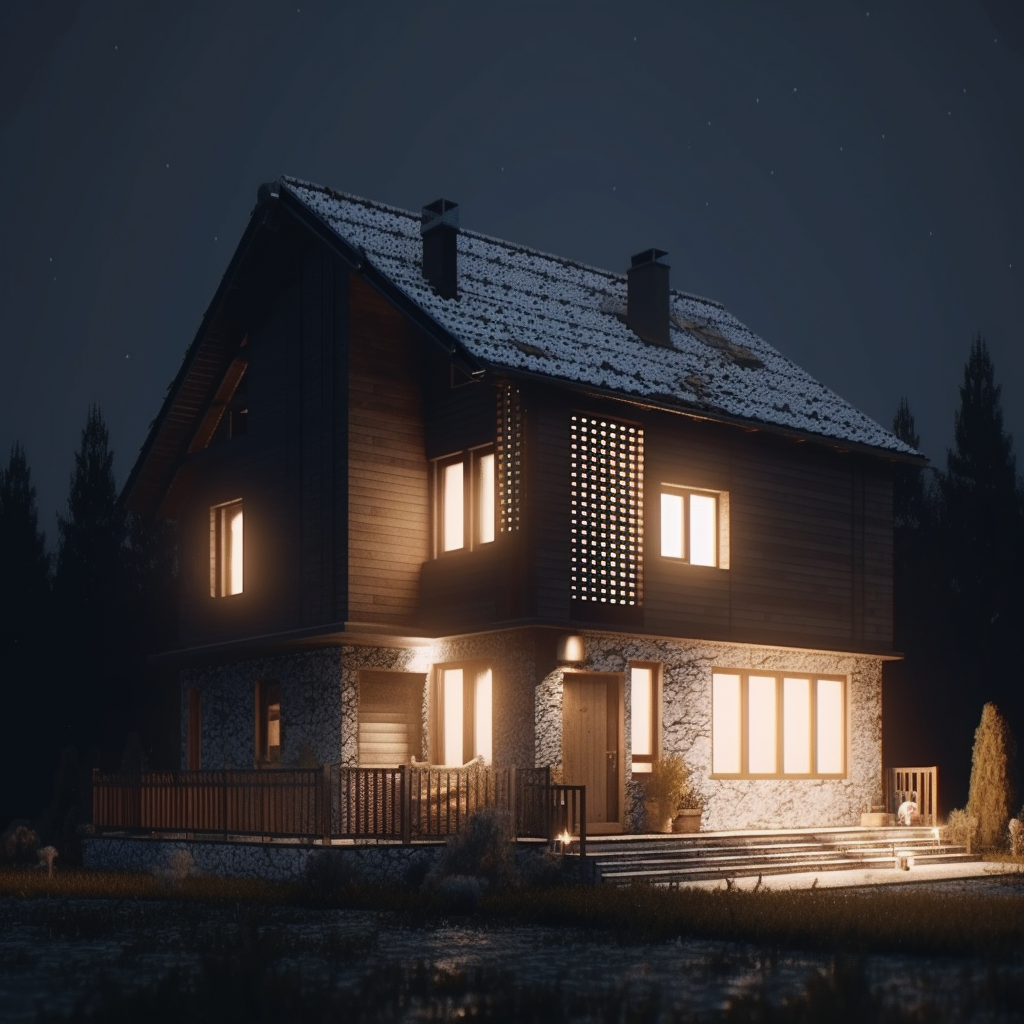 |
Hard Lighting |
Hard lighting refers to the use of spotlights, downlights and other lamps to focus on a specific area, and the light is relatively concentrated and direct. |
Create a hard and bright lighting effect. Hard lighting is often used in display occasions, such as art galleries, shopping malls and other environments to highlight the characteristics and texture of exhibits or goods. |
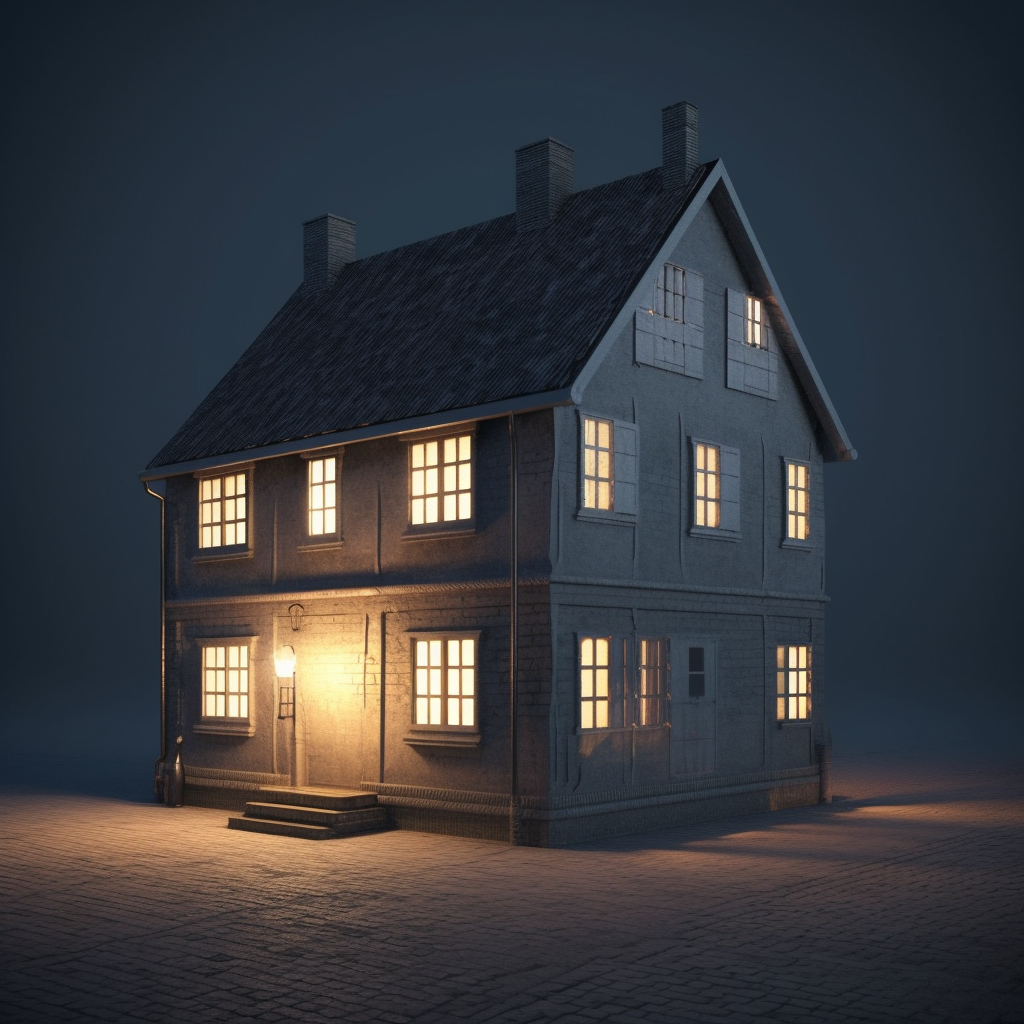
|
Volumetric Lighting |
Volumetric light. It is a lighting effect technology that creates realistic rendering effects. It simulates the phenomenon of particles and dust particles in the air in the lighting scene by adding lights and various visual effects such as diffusion, fog, particles, shadows, etc. to certain scenes, thereby creating dynamic, realistic, and enhanced three-dimensional and volumetric lighting effects. |
It is suitable for a variety of scene designs, such as movies, television, video games, animation and other fields. It can make the scene more realistic and three-dimensional, increase the tension and visual layering of the scene, and bring more expressive visual effects. |
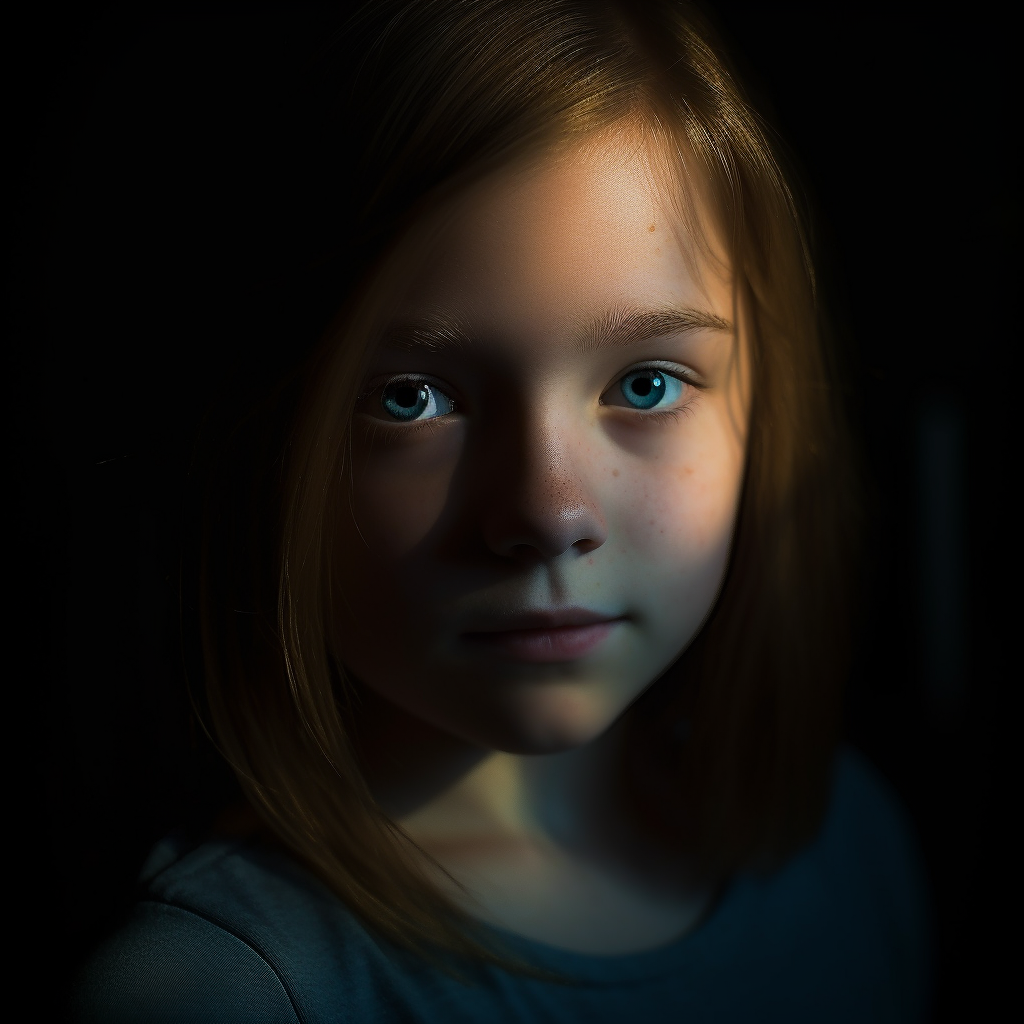 |
Low-Key Lighting |
Low-key lighting. Refers to a special lighting effect that creates a high-contrast picture effect, usually through strong side or backlighting and shadows. Low-key lighting is characterized by sharp light and dark, heavy shadows, and dominant dark tones, often creating an atmosphere of tension, mystery or darkness. |
Low-key lighting is widely used in film, television, photography and other fields, and is often used to express suspense, horror, crime and other elements. |
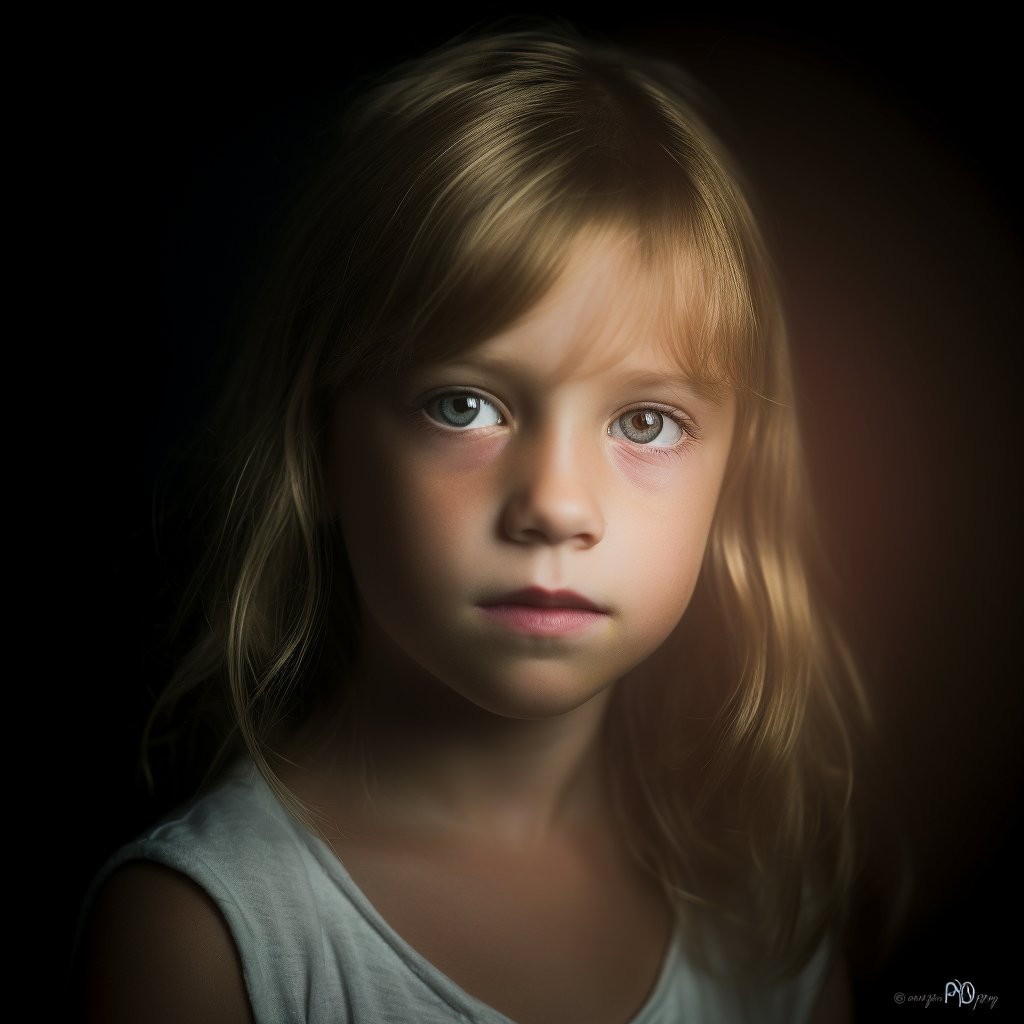
|
High-Key Lighting |
High-key lighting. This lighting effect avoids chiaroscuro and suppresses shadows by using bright, even light. This lighting effect is characterized by high brightness and rich details, and is suitable for scenes and environments that need to convey a pleasant, relaxed and happy atmosphere. |
High key lighting is often used in commercials, emotional films, TV series, etc. |
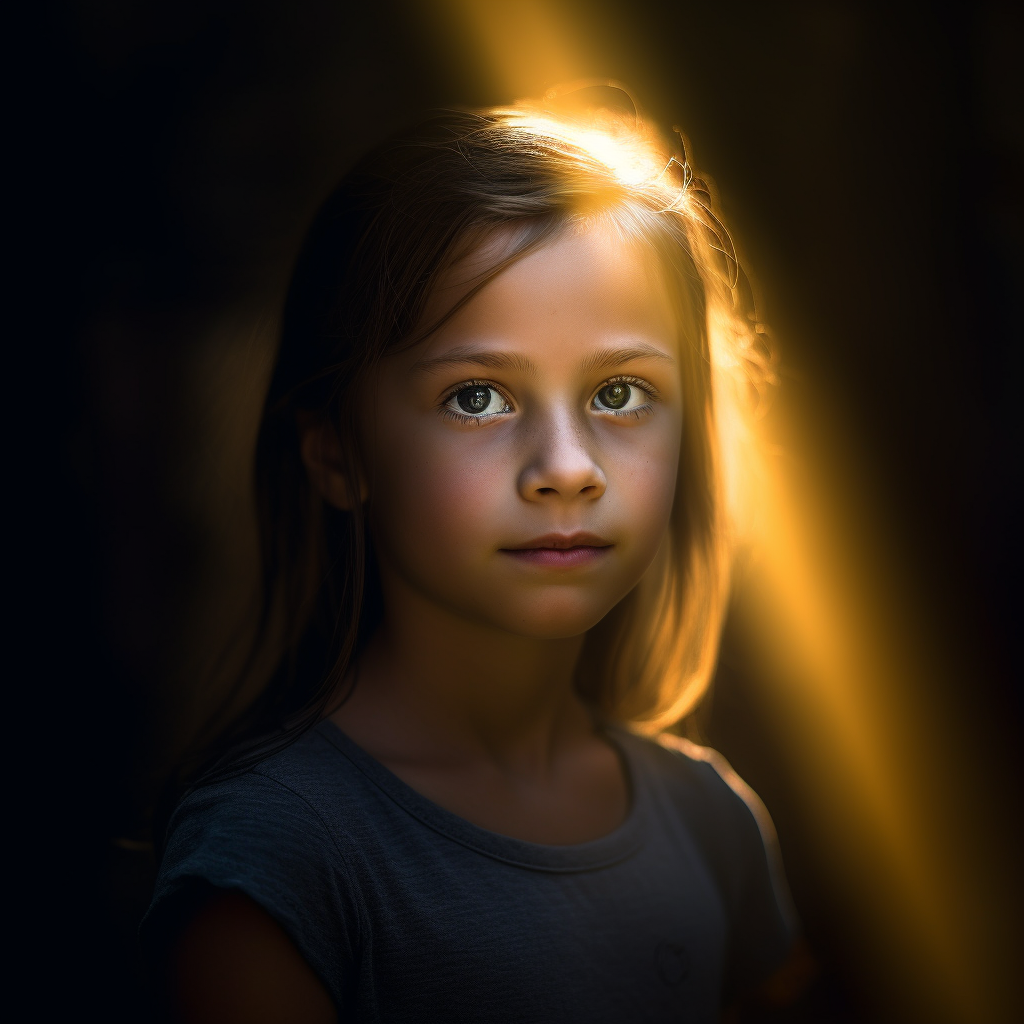
|
Epic Light |
Epic Lighting. It is a lighting technique that creates a sense of drama, majesty and visual effects. It can add very bright, grand and spectacular light to the scene to attract the audience's attention and increase the impact of the scene. |
Epic Light is often used in film and television production, game development, performances and other fields to create a sublime, magnificent and grand atmosphere, which can make the audience feel very shocked and unforgettable when seeing these effects. Epic light is characterized by high brightness and bright colors, and is usually used to express important plot points, such as weapon lasers, the sun and stars in cosmic wars, and mysterious lights in fantasy movies and video games. |
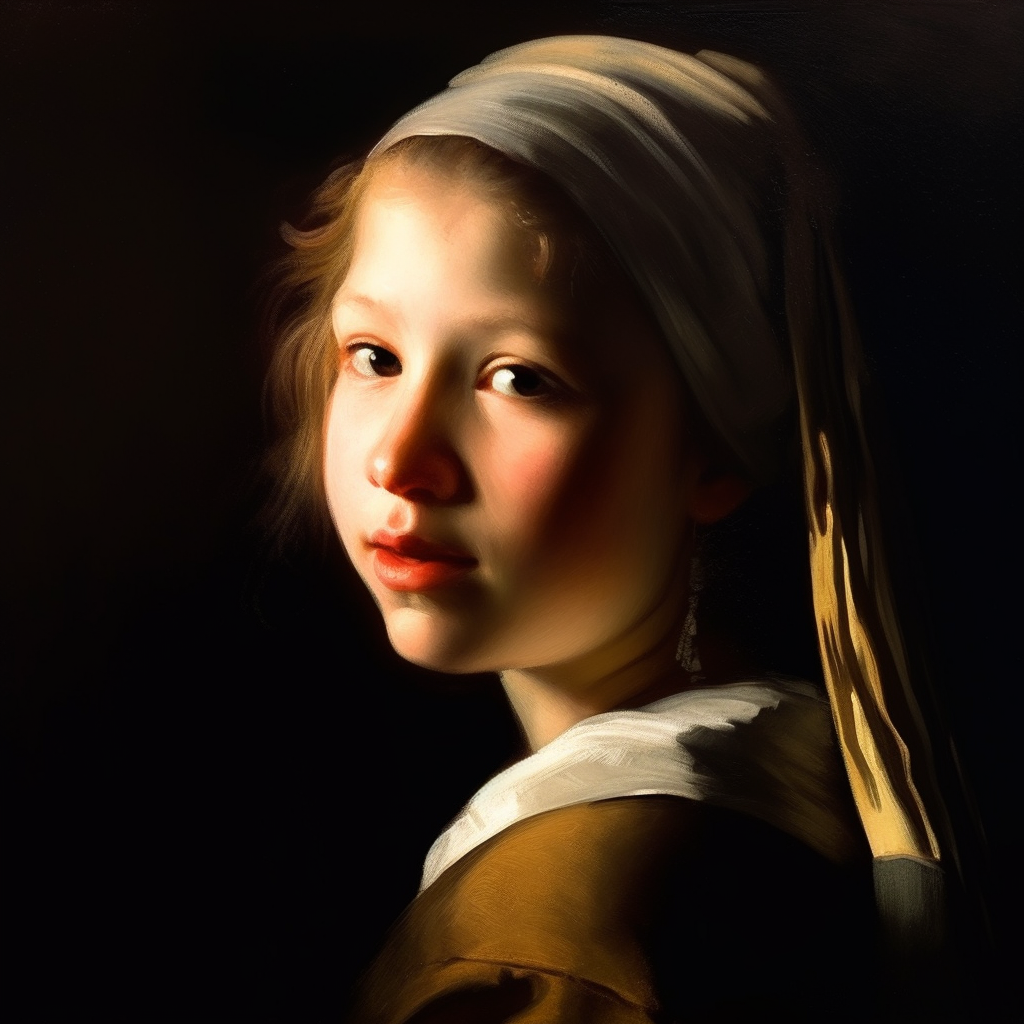 |
Rembrandt Lighting |
The Rembrandt effect is a lighting effect that originated from the Dutch painter Rembrandt. Its main feature is that a diamond-shaped light-dark dividing line is formed on the character's face, with one side of the mouth and chin covered in shadow and the other side of the character illuminated by bright light. |
It creates a soft and mysterious effect. |
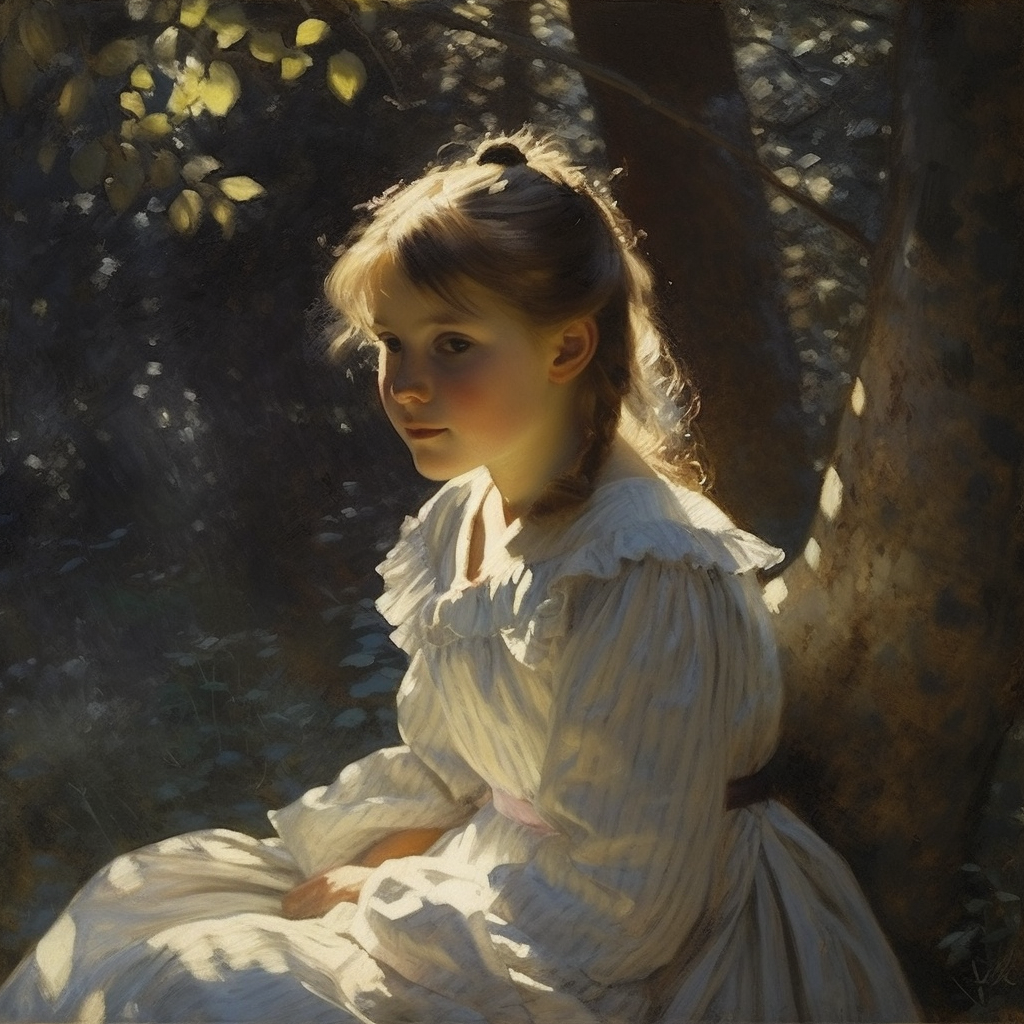
|
Contre-Jour |
Backlighting refers to the photographer placing the light source behind the subject so that the lighting effect is produced in front of the lens, forming a negative film with a clear outline of the subject. |
The overall blur, high contrast and sharp contours of dark photography caused by the position of the light source can bring a literary and abstract atmosphere. |
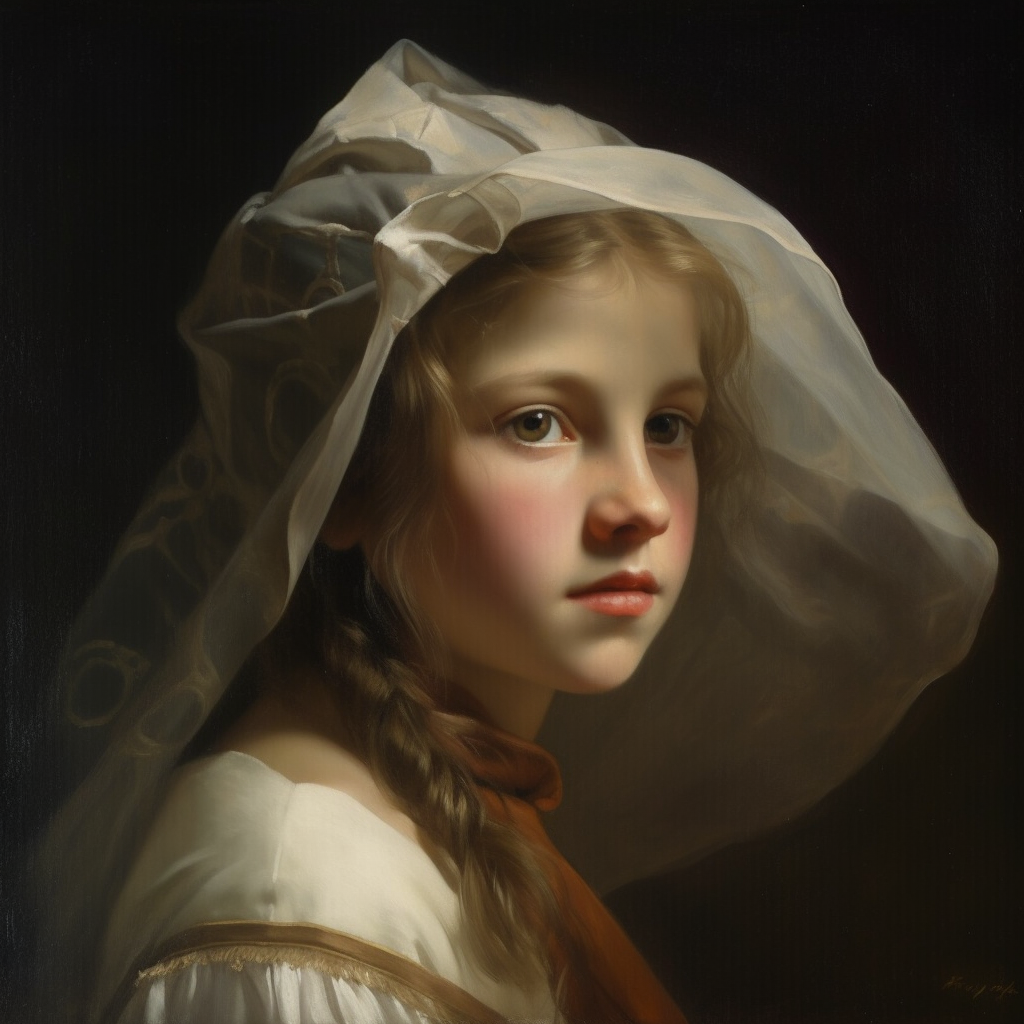
|
Veiling Flare |
Lens frosting. Refers to the phenomenon that when light passes through a lens or a lens, the reflection or scattering through the glass or the lens causes the image to appear scattered light or the final image to appear distorted. |
|
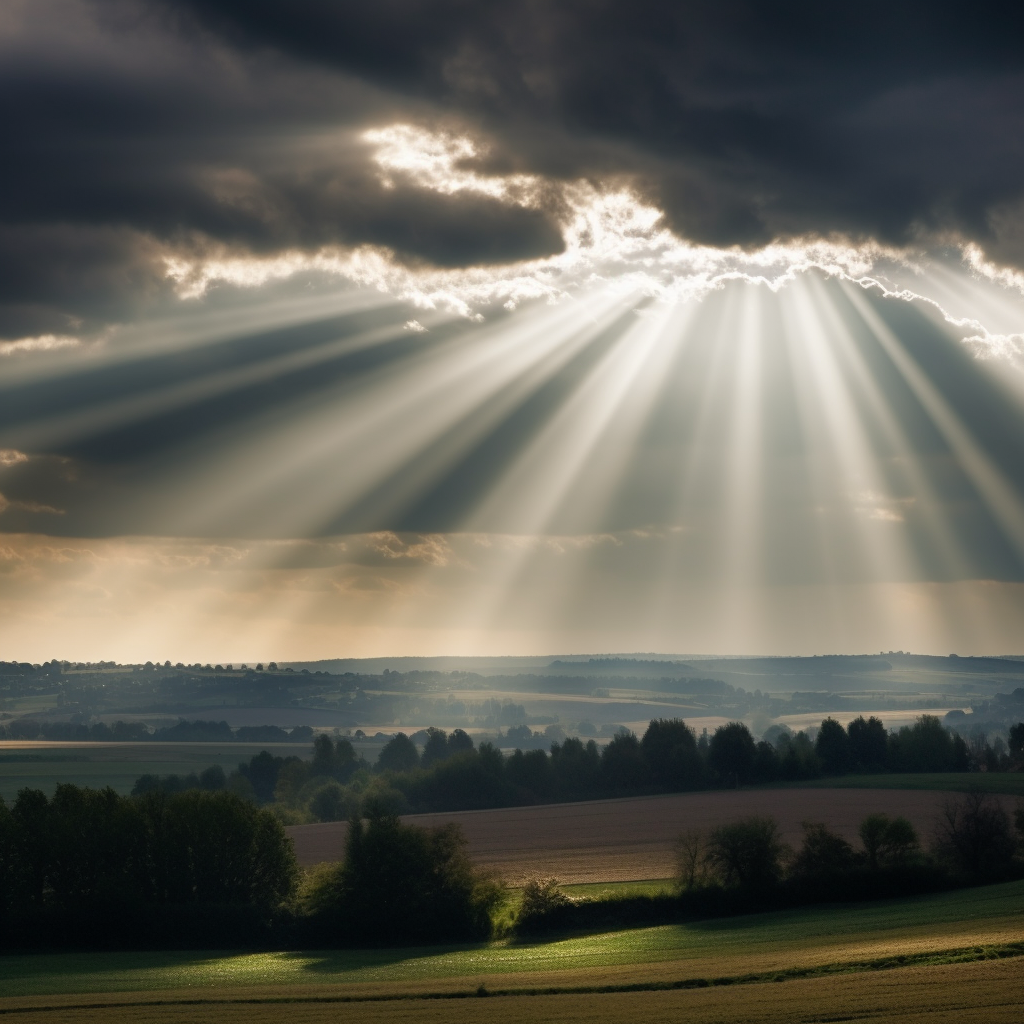
|
Crepuscular Rays |
Crepuscular Rays are also called sun pillars, which are beams of light formed by sunlight being reflected in clouds or dust. Crepuscular Rays usually only appear at sunrise and sunset because only at sunrise and sunset can there be enough light to pass through clouds or shine at the right angle. |
Crepuscular Rays often appear as distinct beams of light above the clouds, giving them a beautiful appearance. |
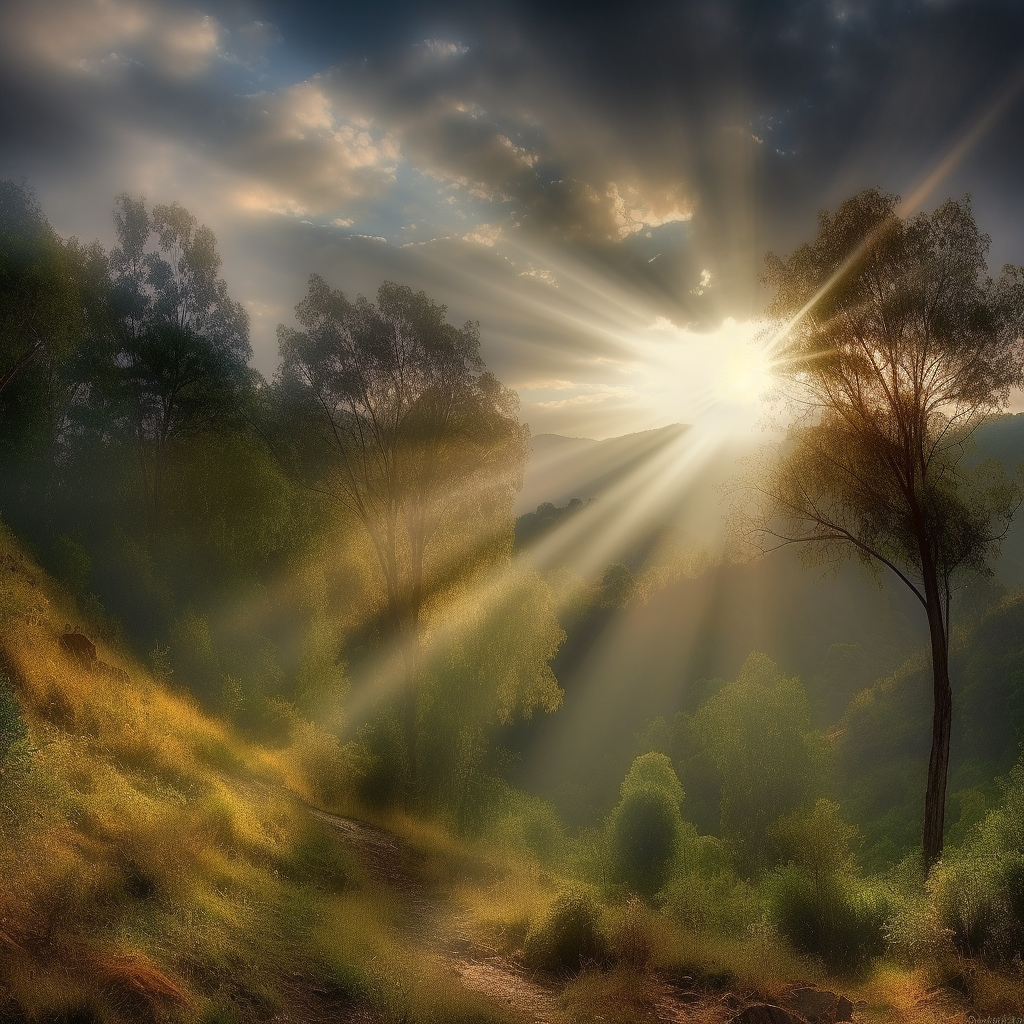
|
Rays of Shimmering Light |
Flickering light. It refers to the phenomenon of light refraction that occurs when light is scattered and refracted. In certain specific environments, when light passes through atmospheres of different densities and temperatures, a light refraction and scattering effect will occur, thus forming a flickering beam effect. |
|
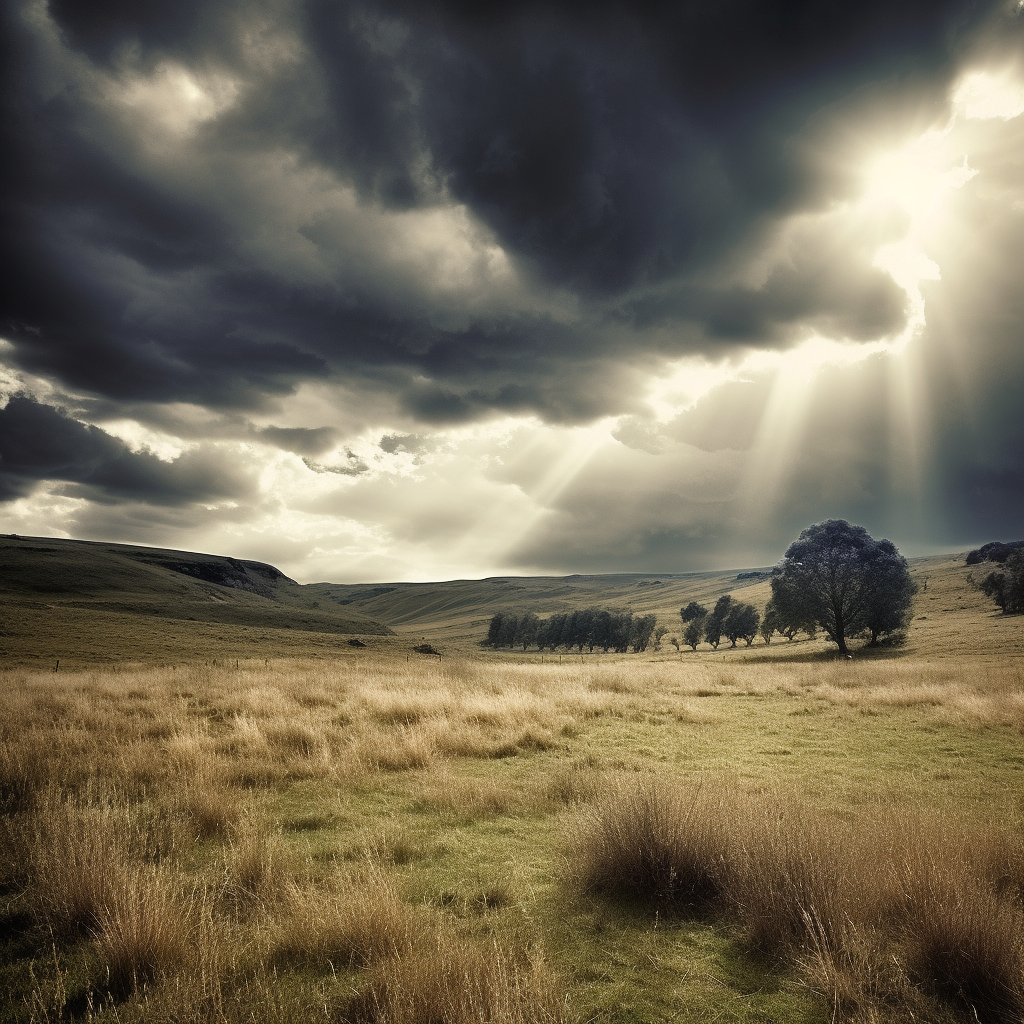 |
Godrays |
Godrays. A bright streak of light created when light passes through clouds, branches or other obstacles. Godrays usually appear when the light is strong, splitting the light into streaks, creating a dreamlike effect, also known as a type of "crepuscular rays". |
|